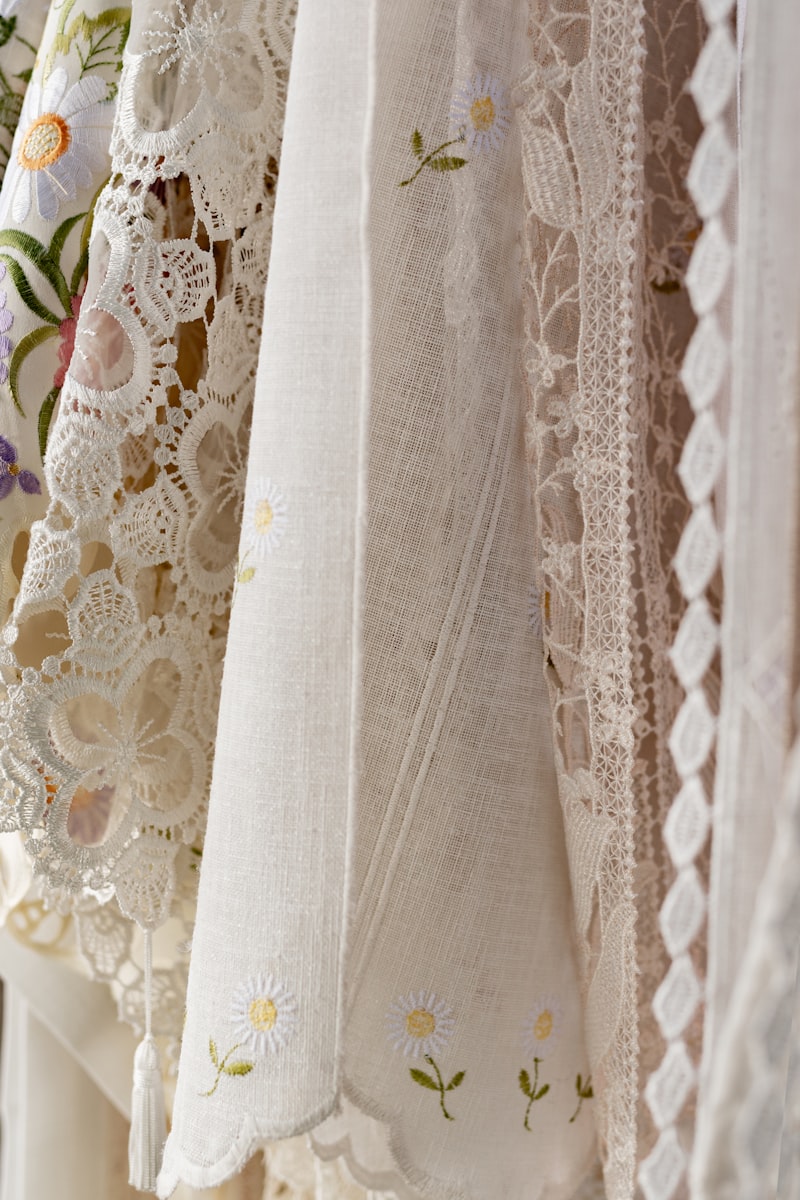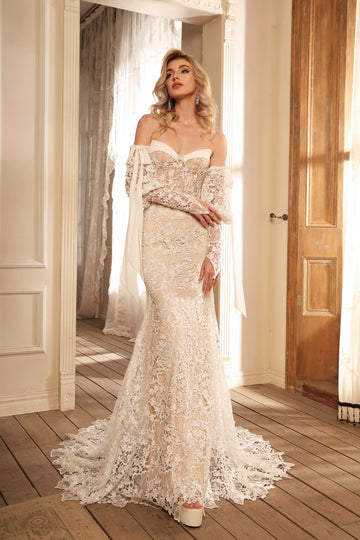Mixing Textures and Colors in Wedding Attire: A Complete Guide for Your Special Day
Mixing Textures and Colors in Wedding Attire: A Complete Guide for Your Special Day
Understanding the Art of Mixing Textures and Colors
When it comes to wedding attire, the goal is to create a stunning visual that represents your unique style. Mixing textures and colors can elevate your look, adding depth and dimension that makes a memorable impression. Whether you're a bride, groom, or a guest, knowing how to harmonize different elements can lead to an exquisite wedding outfit. In this article, we will explore techniques and tips on how to successfully mix textures and colors in wedding attire, making sure you shine on your special day.
The Importance of Textures
Textures play a crucial role in wedding attire. They can affect how colors are perceived and how the overall outfit looks. Here's why textures matter:
- Visual Interest: Different fabrics like silk, lace, chiffon, and velvet can bring a unique feel to your attire.
- Layering Effects: Mixing textures encourages layering, which can add dynamic movement to your wedding look.
- Emotional Impact: The texture can convey feelings; for instance, lace often indicates romance, while leather might suggest boldness.
Popular Textures for Weddings
Here are some textures commonly used in wedding attire:
- Lace: Timeless and romantic, lace provides elegance and tradition.
- Chiffon: Lightweight and airy, chiffon adds flow and softness.
- Satin: A smooth and glossy finish, satin offers luxury and sophistication.
- Velvet: Rich and plush, velvet creates a sense of opulence for winter weddings.

Color Combinations That Work
Choosing the right colors to mix can make your attire pop. Here are some color palettes that are trending this season:
| Color Palette | Description |
| Blush and Gold | A romantic and luxurious combination, perfect for a dreamy wedding. |
| Emerald and Navy | This rich combo offers a sophisticated look for formal weddings. |
| Coral and Mint | A fresh and vibrant palette for spring and summer weddings. |
| Ivory and Burgundy | A classic mix that brings a touch of elegance to any celebration. |
When choosing colors, consider the following:
- Complementary Colors: Colors opposite on the color wheel create contrast that is visually striking.
- Analogous Colors: Colors that are next to each other on the wheel create harmony.
- Triadic Colors: Using three colors that are evenly spaced on the wheel can add vibrancy without overwhelming the look.
How to Mix Textures and Colors
Now that we understand the importance of textures and colors, let's look at some strategies for mixing them effectively:
Start with a Base
Your base color should be a neutral tone, such as white, ivory, or beige, as these provide a clean canvas. From there, you can layer in different textures and colors:
- Choose a dress in a neutral shade and add a colorful sash and textured overlay.
- For men, a classic suit can be paired with a textured tie and vibrant pocket square.
Contrast and Balance
When mixing textures, contrast is key. Pair smoother fabrics with rougher materials:
- A satin dress with a lace overlay creates visual complexity.
- A tweed jacket with a silk shirt offers a rich juxtaposition.
Balancing colors is equally important. If you’re wearing a vibrant color, opt for muted tones in your accessories.
Consider the Seasonal Touch
Your choice of textures and colors may vary with the season. For instance:
- Spring: Light and pastel shades with airy fabrics like chiffon.
- Summer: Bright hues married with lightweight textures for comfort.
- Fall: Earthy tones and rich fabrics such as velvet and thick lace.
- Winter: Dark colors combined with luxurious textures to create warmth.
Accessorizing Your Wedding Attire
Accessorizing is the final touch in achieving a well-mixed look. Consider these accessory tips:
- Jewelry: Choose pieces that enhance your textures. For example, statement pieces can complement a simple dress.
- Shoes: Opt for colors that resonate with your overall palette while keeping the texture consistent.
- Bags: A clutch in a contrasting yet complementary color can add intrigue to your look.
Inspiration from Celebrities and Fashion Icons
Many celebrities have mastered the art of mixing textures and colors successfully at their weddings:
- Priyanka Chopra and Nick Jonas: Their lavish wedding featured intricate lace and rich jewel tones that created an unforgettable visual.
- Kate Middleton: Her classic lace and satin combination in the royal wedding still inspires brides today.
Take inspiration but ensure that your choices reflect your style. Don't hesitate to experiment.
Final Thoughts
Mixing textures and colors in wedding attire is an art that can transform your special day into a visual spectacle. Remember, the key is in the balance and contrast of different elements. Be bold in your choices, but also ensure that each piece harmonizes with the overall look. Take time to plan your attire and don’t forget to think about fabric types and color psychology as this can enhance the mood of your wedding.
As you prepare for your big day, keep in mind for a stunning wedding attire mix:
- Select a neutral base to build upon.
- Mix textures for depth; satin with lace, velvet with chiffon.
- Use colors wisely; balance bold shades with muted tones.
- Weather and season should guide your fabric choice.
Finally, what matters most is how you feel in your attire. Choose styles and combinations that reflect your personality and make you feel beautiful on your special day.
